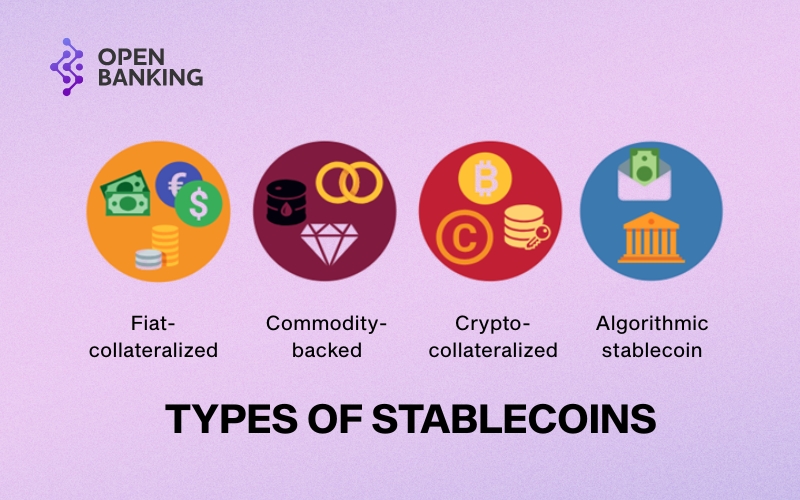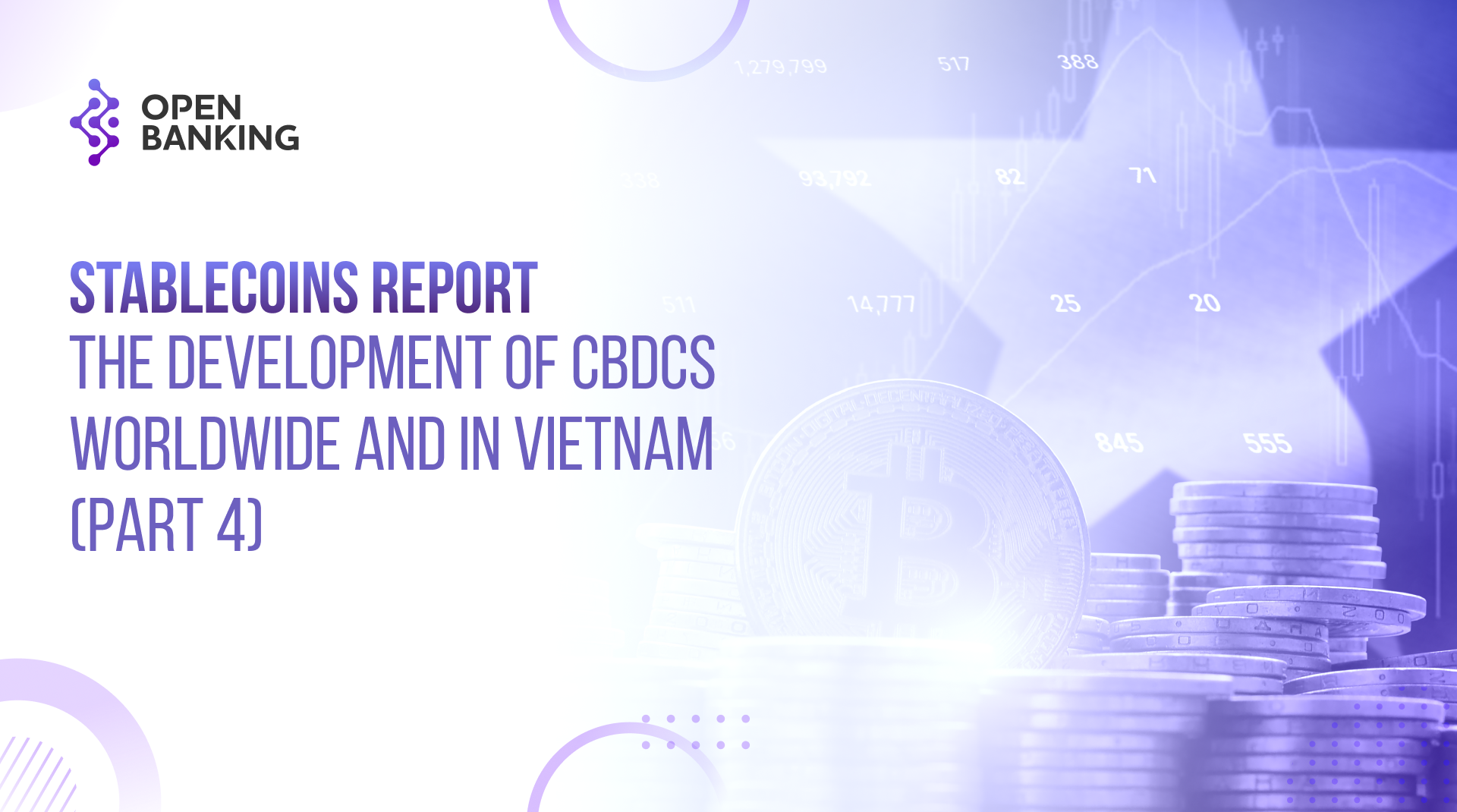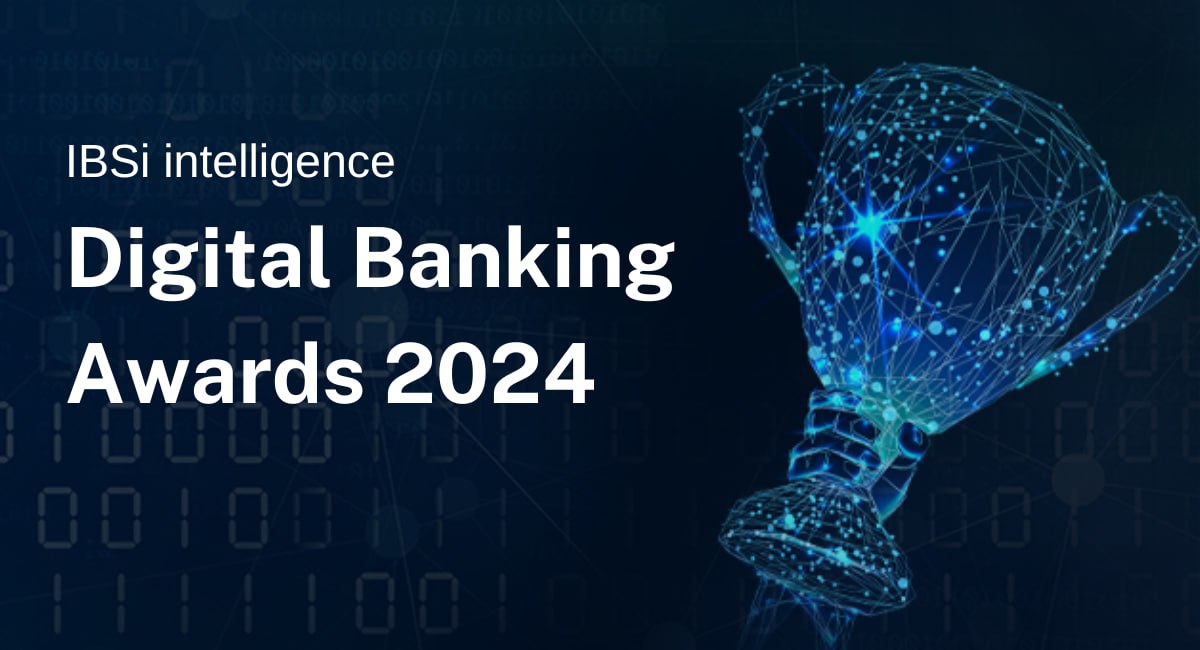In the volatile world of cryptocurrency, stablecoins have emerged as a type of digital asset designed to maintain a stable value by being pegged to traditional assets such as fiat currencies or commodities. More than just a medium of exchange, stablecoins play a vital role in decentralized finance (DeFi) and hold the potential to revolutionize the global financial system.
1. Understanding Stablecoins
A stablecoin is a type of cryptocurrency engineered to maintain price stability by pegging its value to an external reference asset—typically a fiat currency like the US Dollar.
The main goal of stablecoins is to combine the advantages of cryptocurrencies (such as fast, borderless, peer-to-peer transactions) with the price stability of traditional assets. Each unit of stablecoin is usually backed by an equivalent amount of a real-world asset (e.g., 1 USDT backed by 1 USD), ensuring its value remains close to a 1:1 peg.
Key characteristics of stablecoins:
- Stable value: Unlike highly volatile cryptocurrencies like Bitcoin or Ethereum, stablecoins offer relatively consistent value.
- Fast, low-cost transactions: Built on blockchain technology, stablecoins allow for rapid and inexpensive transfers, outperforming traditional banking systems in efficiency.
- Global accessibility: Anyone with an internet connection can use stablecoins, expanding access to financial services across borders.

Thanks to these benefits, stablecoins are acting as a bridge between the crypto economy and traditional finance, helping mitigate price volatility in crypto markets.
2. Types of Stablecoins
Stablecoins use different mechanisms to maintain their value. Based on the underlying collateral and price-pegging method, they can be classified into the following main categories:
• Fiat-Collateralized Stablecoins
This is the most common type, backed by reserves of fiat currency held by a centralized issuer. Each stablecoin in circulation is matched by an equivalent amount of fiat currency (e.g., USD, EUR) stored in a bank account.
Examples: Tether (USDT), USD Coin (USDC) – both pegged 1:1 to the US Dollar.
• Commodity-Backed Stablecoins
These are pegged to physical assets such as gold or oil.
Example: Tether Gold (XAU₮) – each XAU₮ token is backed by one troy ounce of physical gold held in reserve. This enables users to hold commodities in a digital format.
• Crypto-Collateralized Stablecoins
These are backed by other cryptocurrencies (such as ETH or BTC). Due to the volatile nature of crypto assets, overcollateralization is typically required. This means $1 worth of stablecoin is often backed by $1.5–2 worth of crypto. This buffer helps maintain the peg even if the backing asset declines in value.
Example: DAI (MakerDAO) – designed to track the US Dollar. Users lock crypto assets (e.g., ETH, USDC) in smart contracts to mint DAI. If the collateral value drops too low, the system automatically liquidates it to maintain full backing and price stability.
• Algorithmic Stablecoins
These stablecoins may have little to no collateral and maintain their peg through algorithms and market mechanisms. Instead of holding reserves, the protocol adjusts the stablecoin’s supply in response to market demand.
Smart contracts automatically mint or burn tokens when the price deviates from the target peg.
Examples: Ampleforth (AMPL), which adjusts daily token supply to stabilize price, or FRAX, which initially used a hybrid model of partial collateral and algorithmic stabilization.

The benefit of this model is full decentralization, as it doesn’t rely on a centralized reserve. However, it carries high risk—market confidence is crucial. If the algorithm fails, the peg can collapse completely.
Case in point: The crash of TerraUSD (UST) in 2022, a former leading algorithmic stablecoin, which lost its peg entirely.
Other classification approaches:
- Hybrid Stablecoins: Combine multiple mechanisms (e.g., partial collateral plus algorithmic control).
- Asset-Referenced Tokens: Pegged to a basket of assets.
Still, the three main categories—fiat-backed, crypto-backed, and algorithmic—form the foundation of most stablecoins in today’s market. Each comes with trade-offs regarding stability, decentralization, and reliance on trusted third parties.
3. Most Popular Stablecoins Today (Market Cap, Mechanism, Transparency, Adoption)
The stablecoin market has seen rapid growth, with hundreds of projects launched. However, most of the market capitalization is concentrated in a few key players. Below is an overview of major stablecoins, comparing their mechanisms, scale, and trustworthiness:
| Stablecoin | Type & Collateral | Price Pegging Mechanism | Market Cap (USD) | Transparency & Trust | Popularity |
|---|---|---|---|---|---|
| USDT (Tether) | Fiat (USD) | Fully backed by reserves of cash and US Treasury bills held by Tether | ≈ $80B (largest) | Widely used but has faced scrutiny over reserve transparency | Most widely adopted globally; accounts for ~2/3 of stablecoin supply; high liquidity on CEXs and DeFi |
| USDC (Circle) | Fiat (USD) | Fully backed by reserves held by Circle’s licensed banking partners (cash & US Treasuries) | ≈ $25–30B (2nd largest) | Highly transparent: weekly attestations, reserves held in reputable US banks; governed by Center (Circle & Coinbase) | Highly trusted, second-most popular; adopted by financial institutions; integrated into DeFi and payment systems (e.g., Visa, Mastercard pilots) |
| DAI (MakerDAO) | Crypto (multi-asset) | Overcollateralized by crypto assets (ETH, USDC, WBTC, etc.) locked in smart contracts; auto-liquidation if collateral value drops | ≈ $5B (largest decentralized stablecoin) | Fully on-chain transparency; governed by MakerDAO community; partially reliant on centralized assets like USDC | Popular in DeFi: widely used in lending protocols, yield farming, and viewed as a leading decentralized stablecoin |
| FRAX (Frax Finance) | Hybrid: crypto & algorithmic | Initially partially collateralized (USDC + crypto) and algorithmically managed via FXS token; after Terra crash, moved to 100% collateralization | ≈ $1B (Top 5 in 2023) | Transparent mechanism and collateral; governed by DAO; move to full collateral improved credibility; still reliant on crypto assets and unaudited | Innovative hybrid model; once the most successful algorithmic stablecoin; used in select DeFi protocols and communities, but scale remains smaller than USDT/USDC |
Other notable stablecoins include:
- BUSD (Binance USD): Once top-3 with ~$20B market cap, declined after Paxos stopped new issuance under regulatory pressure in 2023.
- TUSD (TrueUSD), USDP (Pax Dollar), XAU₮ (Tether Gold): Lesser-used alternatives.
- PYUSD (PayPal USD): Issued in partnership with Paxos, launched in 2023.
- Stablecoins developed by banks or financial institutions are also emerging.
Despite increasing competition, USDT and USDC dominate the market in both volume and liquidity, forming the backbone of most global crypto transactions.








